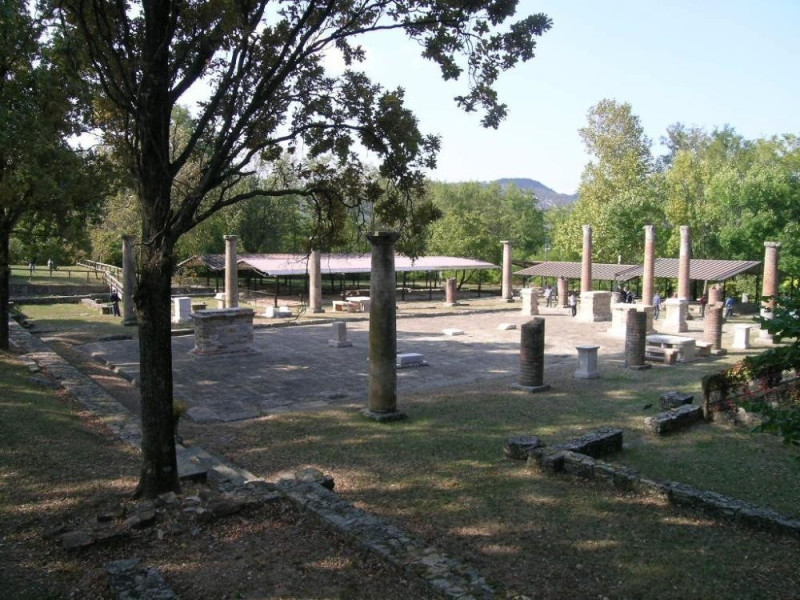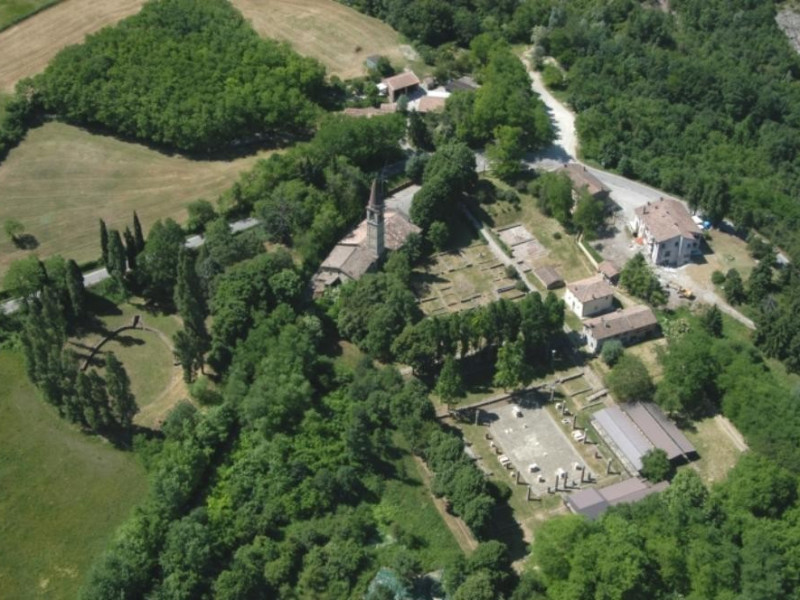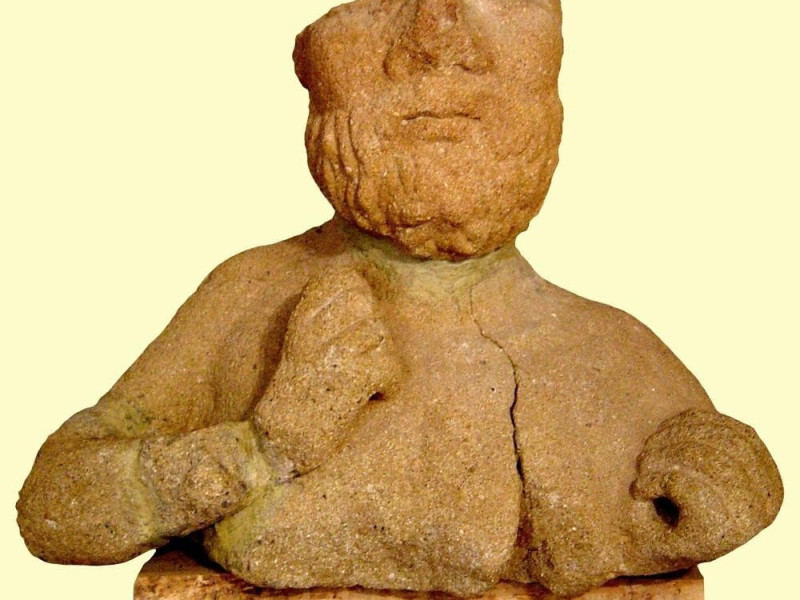Luogo - Archaeological Area
Area archeologica e Antiquarium di Veleia
Where
Strada Provinciale, 14, Morfasso (Piacenza)
The municipium of Veleia was founded following the
Roman conquest in the second century BC, in the heart of territory of
the Ligurian tribe Veleates, at the pre-existing indigenous settlement.
The city developed into a system of sloping terraces. The forum was
built on an artificial level after a massive excavation. It was paved at
the time of Augustus by Lucius Licinius Priscus, an important local
magistrate, and is surrounded on three sides by a portico which opened
onto shops and public places. It has an impressive entrance providing
access from the lower terrace. On the opposite side, the complex was
closed by the church, where the twelve large marble statues of Luni,
portraying members of the Julio-Claudian family, now in the National
Archaeological Museum of Parma, were located. Above, were the remains of
the residential quarters and the bathhouse.
It
is part of the cultural heritage of the region since 1760, when the
Duke of Parma, Don Philip of Bourbon began the exploration following the
random discovery (in 1747) of the bronze inscription of Tabula
Alimentaria traianea, Veleia and is today one of the most important
archaeological centers of northern Italy.
The Antiquarian, recently refurbished, houses exhibits that illustrate the most significant finds in the history of Veleia.




